The placenta or the Plaster cake connects the mother-to-be's bloodstream to the fetus via the umbilical cord. It is responsible for the supply of oxygen, the supply of nutrients and the removal of carbon dioxide and waste materials. Disturbances in the performance of the placenta can cause serious harm to the unborn child.
What is the placenta?
The placenta connects the developing fetus to the uterine wall to ensure food intake, rubbish disposal and oxygen supply.
These 'real' placentas are primarily found in mammals. The placenta functions as a fetomaternal organ with two components: the fetal placenta, which arises from the same blastocyst as the fetus; and the maternal placenta, which arises from the uterine tissue. The word placenta comes from the Latin word for "cake".
Since the placenta is responsible for the vital exchange of oxygen, problems with the placenta can endanger the health of the fetus. A misalignment of the placenta can also lead to serious complications during childbirth.
Anatomy & structure
The human placenta has an average length of 22 cm and a thickness of 2 to 2.5 cm; thickest in the middle and thinnest on the sides. It weighs around 500 grams and has a reddish-blue or crimson color.
The placenta is connected to the fetus by the umbilical cord. This is 55 to 60 cm long and contains two umbilical arteries and one umbilical vein. A network of fine blood vessels stretches over the placenta and is further broken down into a network encased by cells. These end in a form of villous tree-like structures.
On the maternal side, these structures form into small lobules called cotyledons. In humans, the placenta has a disc shape, in other mammals it can take on a different shape.
Function & tasks
The fabric of the placenta allows replenishment with the mother's blood, through which an exchange of vital substances is ensured. This includes the supply of oxygen and the removal of carbon dioxide back into the mother's blood.
The supply of nutrients via the placenta is directly related to the mother's diet and health. Diabetes or obesity can lead to a correspondingly affected metabolism and lead to overgrowth or insufficient growth. Waste is also disposed of via the placenta. Urea, acids and creatinine of the fetus are carried into the maternal blood by diffusion.
Antibodies can also reach the fetus through the placenta and protect it from disease. This supply continues even a few weeks after birth and brings the child through this critical period. The placenta is also responsible for a number of hormones that regulate the production and supply of glucose and proteins.
Illnesses & ailments
There are a number of complications and clinical pictures associated with the placenta. These include placental insufficiency, disruption of maternal blood flow and misalignment.
Placental insufficiency is a functional weakness of the placenta. She is unable to adequately care for the child. One decides here in chronic and acute. The acute placental insufficiency can be triggered, for example, by strong labor. Chronic placental insufficiency develops over weeks or months and can lead to a constant supply deficiency for the child and ultimately to serious illnesses. This chronic form can be triggered by diabetes, infections, kidney diseases, but also by alcoholism and drug abuse.
A disturbance in the maternal blood flow such as Hypertension can lead to an insufficient blood supply to the fetus. If the placenta is incorrectly positioned, problems can arise if it blocks the birth canal and normal delivery through the vagina becomes impossible.
The reasons for this incorrect situation may be found in the old age of the expectant mother, in many previous pregnancies, previous caesarean sections, curettages, erythroblastosis or multiple births. In particular, the mother's intensive smoking is associated with this.

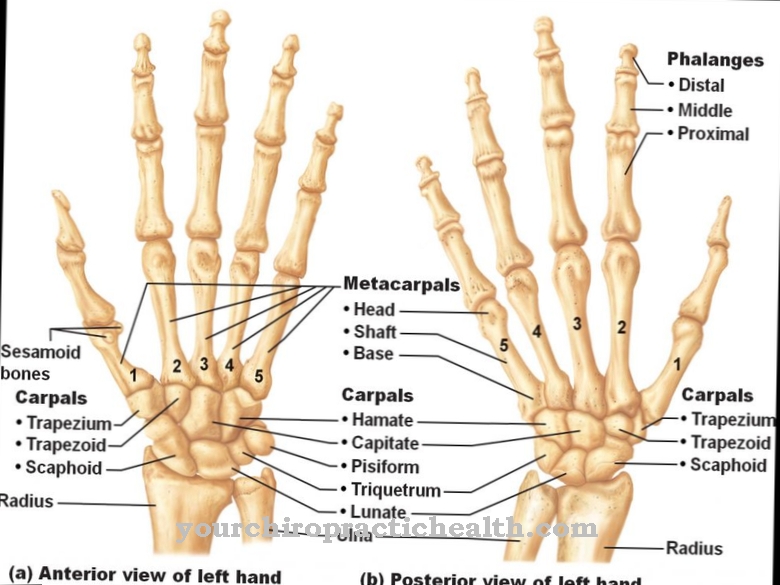
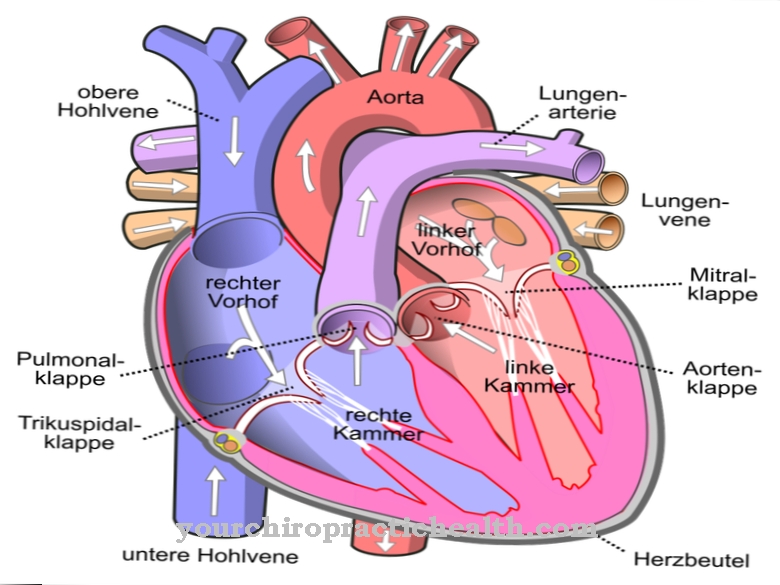
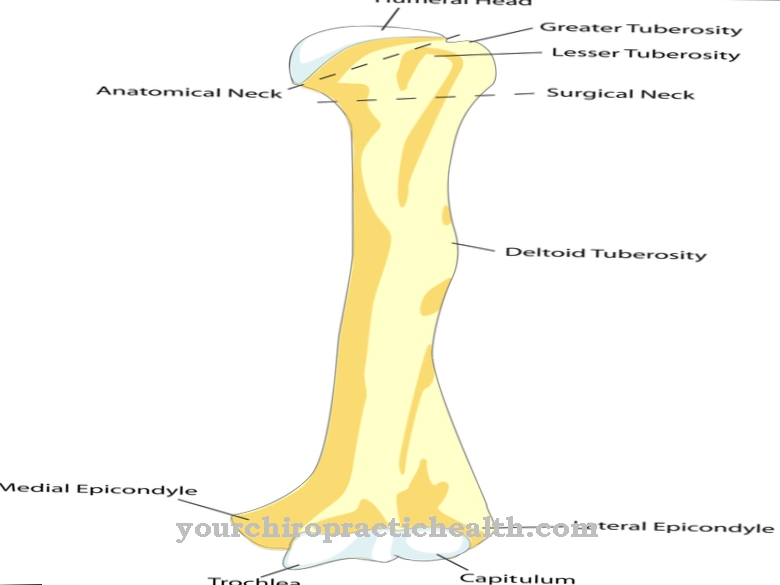
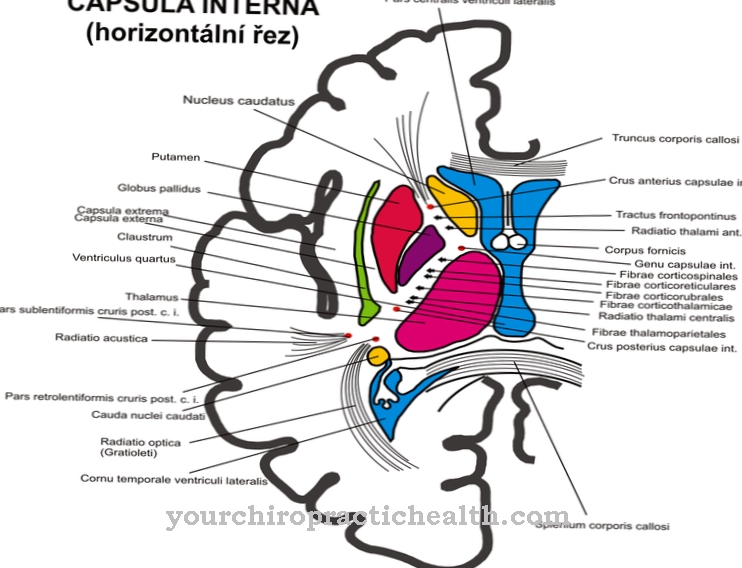
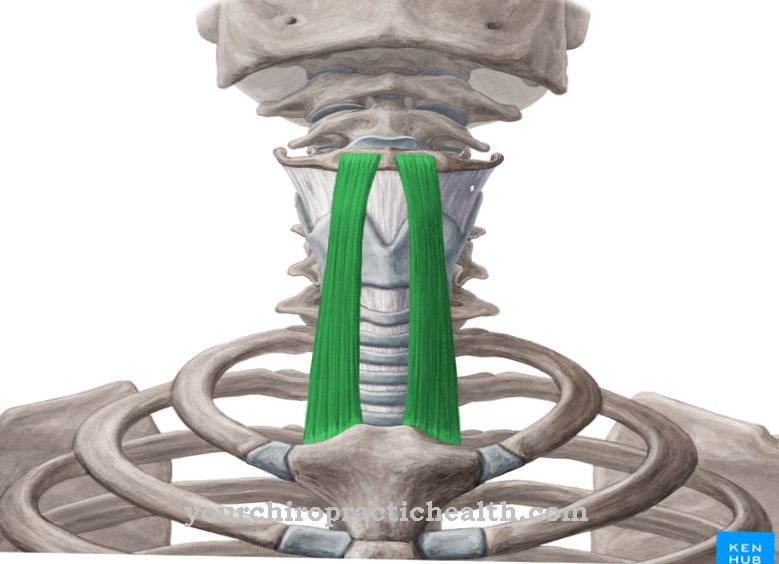


















.jpg)



